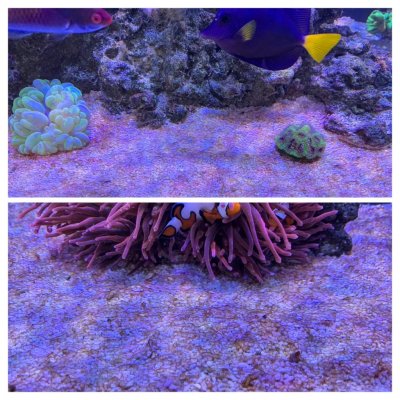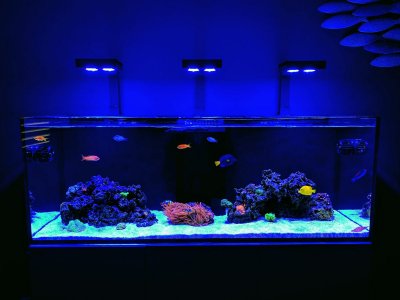This is perfect to know as an update because it reminds us of extra options to use against highly adapted strains. I'm for using WA or the oxydator to battle them because once you discover the kill method then there's no more worry. Pick an intercept point to clean the tank out of detritus so that cross-invasions aren't supported and so that future cyano battles are reduced, but controls in the meantime that simply work to quell it are duly noted thanks for updating
Question
How much help is the chemistry aspect I pointed to in the other thread. I know those guys are studying and debating really in depth physical ecology, thought it might be a side input. Any actions discerned from that thread regarding N and Phosphate adjustment? they're debating the causes of cyano, so in that we should be able to engineer a stoppage.
Question
How much help is the chemistry aspect I pointed to in the other thread. I know those guys are studying and debating really in depth physical ecology, thought it might be a side input. Any actions discerned from that thread regarding N and Phosphate adjustment? they're debating the causes of cyano, so in that we should be able to engineer a stoppage.



















